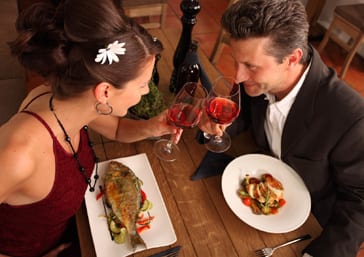What Can You Do? Tips for Consumers
 Studies suggest that more than one third of seafood is potentially mislabeled. So how will you know if you are being cheated? Price, season, preparation and the specific kind of seafood all affect the chances of fraud. If your seafood is out of season, processed instead of whole, and seems too good a deal to be true, it just might be.
Studies suggest that more than one third of seafood is potentially mislabeled. So how will you know if you are being cheated? Price, season, preparation and the specific kind of seafood all affect the chances of fraud. If your seafood is out of season, processed instead of whole, and seems too good a deal to be true, it just might be.
1. Here are some questions you can ask your fishmonger or restaurant server about your seafood. Oceana is working to make sure this information is available for every piece of seafood you buy, whether in a restaurant or store.
- What kind of fish is this?
- Is this farmed or wild caught?
- Where was this fish caught?
- How was it caught?
2. Check the price. If the price is too good to be true, it probably is, and you are likely purchasing a completely different species than what is on the label.
3. Purchase the whole fish. When possible, consumers may wish to purchase the whole fish, which is harder to disguise than fillets.
4. Purchase traceable seafood. Support existing traceability efforts by purchasing seafood from them or from retailers and restaurants that sell traceable seafood.
5. See also our list of Commonly Mislabeled Seafood



